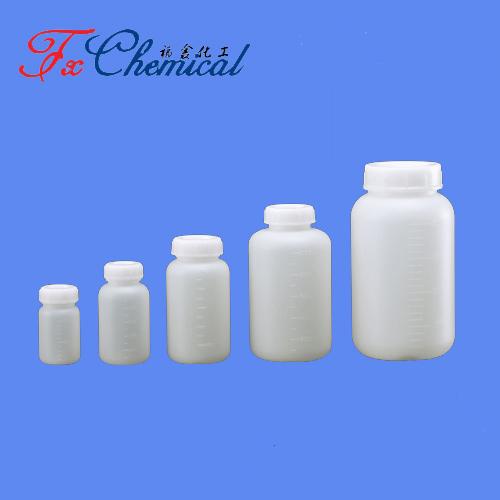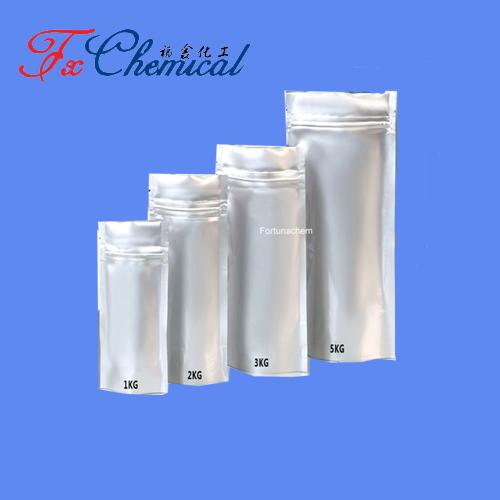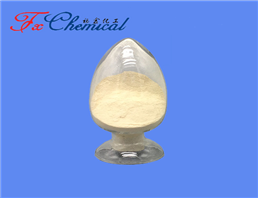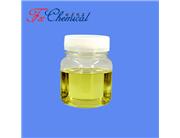Sulfobutylether Alpha Cyclodextrin, often abbreviated as SBECD, is a derivative of cyclodextrin. Cyclodextrins are a family of cyclic oligosaccharides composed of glucose units. SBECD is chemically modified to incorporate sulfobutylether groups, which enhance its water solubility and other properties.
SBECD is commonly used in pharmaceutical formulations to improve the solubility, stability, and bioavailability of poorly soluble drugs. It can form inclusion complexes with drug molecules, allowing them to be delivered more effectively. Additionally, SBECD has been utilized as a solubilizing agent and stabilizer in various drug formulations, particularly for intravenous and parenteral administration.
One notable example of its use is in the formulation of certain intravenous medications, where SBECD helps solubilize the active drug compound, allowing for its delivery in a safe and effective manner. It's also used in some dietary supplements and other applications where enhanced solubility or stability of active ingredients is desired.
Sulfobutylether Alpha Cyclodextrin (SBECD) has several applications, primarily in the pharmaceutical industry, due to its ability to improve the solubility, stability, and bioavailability of poorly soluble drugs. Some key applications include:
1. **Pharmaceutical Formulations**: SBECD is commonly used as an excipient or an inactive ingredient in pharmaceutical formulations to enhance the solubility of drugs that have low aqueous solubility. It can form inclusion complexes with drug molecules, increasing their solubility and thereby improving their delivery and effectiveness.
2. **Intravenous Medications**: SBECD is often employed in the formulation of certain intravenous medications to solubilize the active drug compound. This is particularly important for drugs that are poorly soluble in water but need to be administered intravenously for rapid and effective delivery.
3. **Parenteral Nutrition**: SBECD may also be used in parenteral nutrition formulations where it helps solubilize certain nutrients or active ingredients, ensuring their effective delivery to patients who cannot receive nutrition orally.
4. **Dietary Supplements**: In some cases, SBECD may be used in dietary supplements to improve the solubility and bioavailability of certain active ingredients, allowing for better absorption in the body.
5. **Chemical Reagent**: SBECD can also be used as a chemical reagent in various laboratory applications, particularly in studies involving the encapsulation or complexation of molecules for research purposes.
Overall, SBECD plays a crucial role in pharmaceutical formulations where enhancing the solubility and stability of active drug compounds is necessary for optimal therapeutic outcomes.








 China
China



